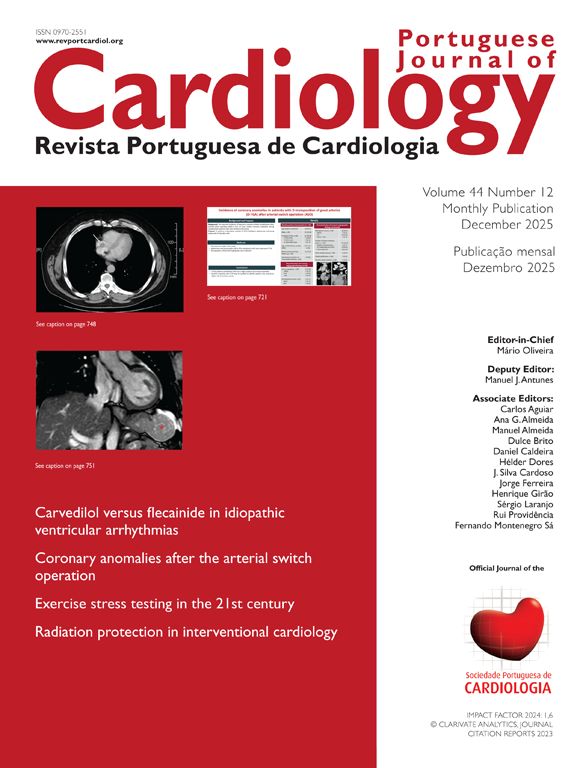Management of respiratory failure (RF) in pulmonary hypertension (PH) is a complex subject, since positive pressure ventilation (PPV) can reduce right ventricular (RV) output.1,2 During PPV there is an increase in intrathoracic pressure, increasing right atrial pressure.1 This leads to lower venous return and consequently to decreased RV preload and output.1 Furthermore, pulmonary vascular resistance (PVR), the main determinant of RV afterload, is directly affected by changes in lung volume, since when the lung is hyper-inflated, alveolar distension occurs, leading to compression of the alveolar vessels.1,2 On the other hand, low lung volumes result in terminal airway collapse and hypoxic vasoconstriction, and parenchymal vessels also become more tortuous and predisposed to collapse.1,2 All the above factors tend to reduce left ventricular output, leading to systemic hypotension.
Protective ventilation may reduce the negative effects of significant changes in lung volume.2,3
Epoprostenol is a potent vasodilator that is used in more severe cases of PH. One of its main side effects is systemic hypotension, which can be enhanced by PPV, as previously described.4
Santos et al. recently showed that parenteral prostanoids are underused in group 1 PH, in only 20% of PH patients at the time of death in their study.5 As RF is an important concern in advanced PH, we conducted a retrospective analysis of RF treatment and its impact in advanced PH patients who began epoprostenol as salvage therapy in the intensive care unit of Centro Hospitalar Universitário Lisboa Norte, Lisbon, Portugal, over a two-year period.
Ten patients were included, mean age 65 years, 50% female.
Six patients had group 1 PH (four idiopathic PH, one congenital heart disease and one associated with schistosomiasis), and four had group 4 PH. All presented mean pulmonary artery pressure over 35 mmHg on right heart catheterization (mean 51 mmHg). Mean estimated pulmonary artery systolic pressure on the last echocardiographic assessment was 97 mmHg.
Most of these patients were in New York Heart Association functional class IV, with worsening RF, and most (60%) were on long-term oxygen therapy.
Previous medication included ambrisentan (four patients), bosentan (three), macitentan (two), sildenafil (five) and riociguat (four). Epoprostenol was initiated as salvage therapy and dosages were titrated to ≥11 ng/kg/min in six patients.
Initially, partial RF was present in eight patients and the other two rapidly developed general RF. Three of the partial RF patients required high-flow oxygen therapy (HFOT) with flow 50 l/min and fraction of inspired oxygen 100%. The two patients with general RF began non-invasive ventilation (NIV) and were titrated to inspiratory positive airway pressure (IPAP) 30 cmH2O and expiratory positive airway pressure (EPAP) 10 cmH2O in one, and IPAP 24 cmH2O and EPAP 12 cmH2O in the other (this patient alternated NIV with HFOT).
There were four deaths, three due to hemodynamic collapse and one due to nosocomial infection. All of these four patients had group 1 PH. It was not possible to titrate epoprostenol dosage to 11 ng/kg/min in three of the patients who died. The two patients who were on NIV died, as did two of the patients on HFOT due to progression of partial RF.
This study illustrates the limitations of RF treatment in patients with PH on epoprostenol therapy, particularly those on NIV (due its deleterious hemodynamic effects on already hypotensive patients). In fact, all patients on NIV died, probably due to underlying disease, severity of RF and worsening of RV failure due to increased positive airway pressure. Of the three patients who were only on HFOT, only one survived, but HFOT may be an interesting option in PH patients, especially at the beginning of RF development. More studies are needed to validate the possible usefulness of HFOT in PH and to establish an appropriate NIV management approach, in particular the use of protective ventilation.
AuthorshipFernanda Paula, Paula Pinto and Filipe Froes participated in the clinical management of the patients. Miguel Filipe Guia analyzed patients’ clinical data, particularly on classification of pulmonary hypertension, oxygen and ventilator strategies, and their outcomes. Miguel Filipe Guia also performed a short review of respiratory failure management in pulmonary hypertension and interpreted the results based on that review. Fernanda Paula, Paula Pinto and Filipe Froes participated in the revision of the present work.
The present letter has four authors since all four made essential contributions to it.
Conflicts of interestThe authors have no conflicts of interest to declare.




